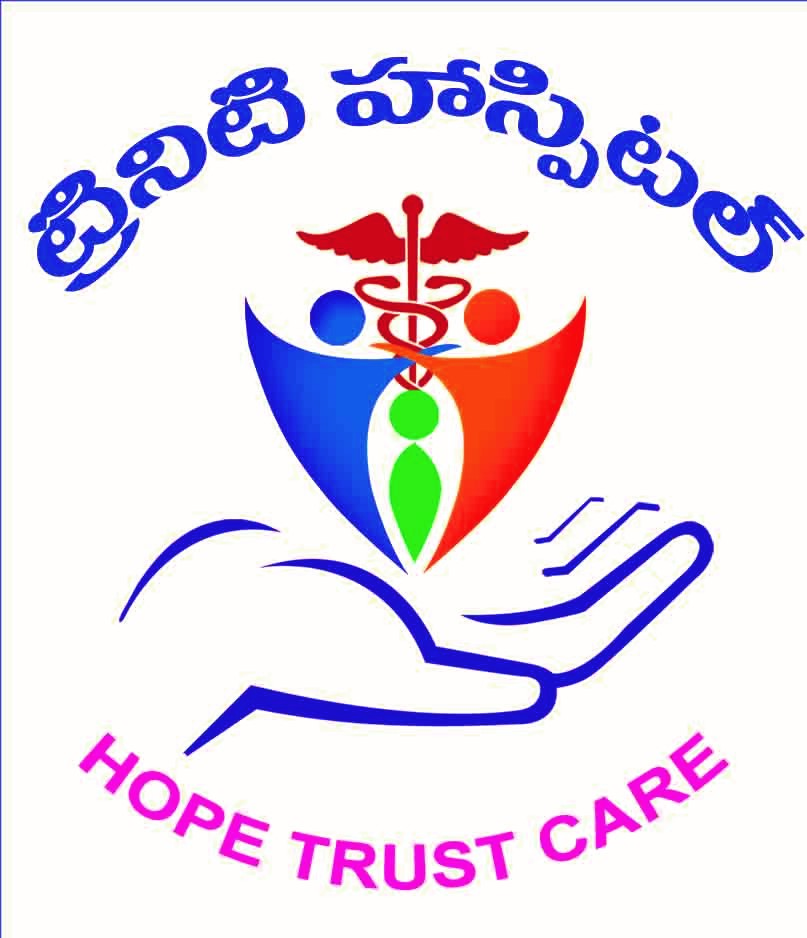Back Pain

Back pain is a common condition that affects millions of people worldwide. It can range from a mild, occasional ache to severe, disabling pain. Understanding the causes, symptoms, and treatment options for back pain is crucial for managing this condition effectively and improving quality of life.
Causes of Back Pain
Back pain can result from various factors, including poor posture, muscle strain, or underlying medical conditions. Common causes include herniated discs, spinal stenosis, arthritis, and injuries from accidents or heavy lifting. Lifestyle factors such as obesity, lack of exercise, and stress can also contribute to back pain. Identifying the root cause is essential for determining the appropriate treatment.
Symptoms of Back Pain
The symptoms of back pain can vary widely. They may include a dull, aching sensation, sharp or stabbing pain, stiffness, and limited mobility. Some individuals may experience pain that radiates down the legs, indicating nerve involvement, such as sciatica. Chronic back pain, lasting more than three months, requires careful evaluation and management.
Diagnosis and Evaluation
Diagnosing back pain involves a comprehensive evaluation by a healthcare professional. This may include a physical examination, medical history review, and diagnostic tests such as X-rays, MRI, or CT scans. These tools help identify the specific cause of pain and guide the treatment plan.
Treatment Options
Treatment for back pain varies based on its cause and severity. Non-surgical options include physical therapy, exercise, medications, and lifestyle modifications. Advanced treatments like PRP (Platelet-Rich Plasma) injections, BMAC (Bone Marrow Aspirate Concentrate) injections, and ozone therapy are also available. These non-operative treatments aim to reduce pain and inflammation, promote healing, and restore function.
Prevention and Self-Care
Preventing back pain involves adopting healthy habits such as maintaining proper posture, engaging in regular physical activity, and managing weight. Ergonomic adjustments at work and home can also reduce strain on the back. Incorporating stretching and strengthening exercises into your routine can help keep your back healthy and pain-free.
Seeking Professional Help
If you experience persistent or severe back pain, it is important to seek professional medical advice. Early intervention can prevent further complications and improve outcomes. A healthcare provider can develop a personalized treatment plan to address your specific needs and help you achieve optimal recovery.
Back pain can be effectively managed with the right approach, allowing you to lead a healthier, more active life.

